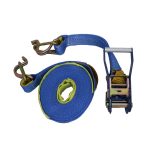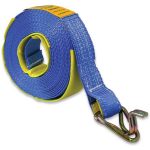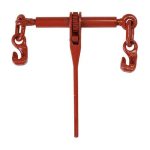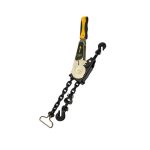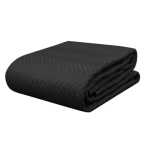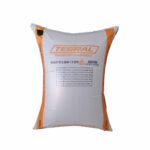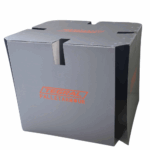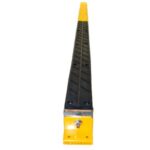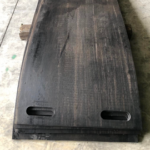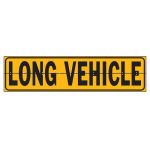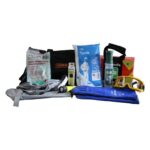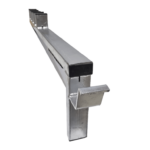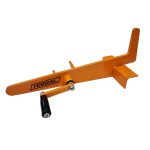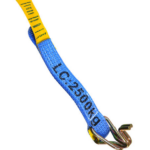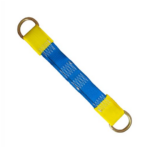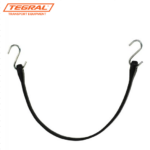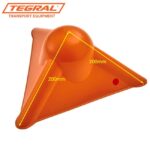When referring to truck weights, a variety of phrases and acronyms are frequently used, including payload, towing capacity, GVWR, and maximum gross weight. To say the least, these terminologies may be rather complex.
Using a weighbridge is the most efficient way to determine the weight measurements of your truck. These are rather widespread in Australia, and using them typically carries a nominal price. Additionally, there are a few kinds of weighbridges, from single-deck weighbridges with manned operators to continuously operating automated kiosks. This is a reliable method for getting the correct resources to figure out your truck’s carrying capacity.
A couple of other numbers are needed to determine a truck’s payload capacity, also known as the carrying capacity, including the curb weight and the gross vehicle weight rating, or GVWR.
There are certain concepts that you need to learn about before you can calculate the carrying capacity of your truck. Below are the factors to consider as part of the calculations:
- Payload capacity vs. towing capacity
Payload capacity should not be confused with towing capacity since they are two very separate ideas. Payload is the maximum weight that a truck’s cargo space can accommodate. However, its towing capacity is the maximum weight that the truck can pull, including the weight of the cargo and the vehicle itself. Because the weight of the towed goods is distributed across the axles of the trailer rather than your truck, a truck’s towing capability is often larger than its payload capacity.
- Curb weight
The weight of a truck while it is empty is referred to as the curb weight of the truck. This suggests that at the time of weighing the curb weight, it would not be carrying any passengers or goods. However, the fluids and fuel tanks would be completely filled.
- GVWR
Gross vehicle weight rating is known as GVWR. This is the sum of the truck’s maximum allowable cargo weight and the curb weight. Your truck’s payload capacity can be determined using the GWWR by simply subtracting the curb weight from it.
- GVCWR
Gross combined vehicle weight rating is the opposite of GVWR. This is a combination of the truck’s maximum allowable trailer weight (GWWR) and the carrying capacity. When estimating your truck’s towing capability, you would require the GVCWR.
- Trailer tongue weight
The weight that the cargo being pulled by the trailer would place on its tongue is referred to as the “trailer tongue weight.” The weight of the trailer tongue typically makes up 10% to 15% of the weight of the entire towed cargo. The trailer tongue weight, which is influenced by the towing load, determines the payload capacity.

Overloading your vehicle with more weight than it is built to support can have several consequences including:
- Poor efficiency
- Long-term damage to the engine
- Axles and gearbox
- Increased risk of accidents.
To have your truck checked and to locate the nearest Public Weighbridge near you, use the interactive public weighbridge full screen map version on nationalmap.gov.au
You may also download here the full list of public weighbridge locations [32KB XLSX] [157KB PDF].
Disclaimer: It is important to note that the information in this document is authentic to the best of our knowledge, and as such, it is prone to errors and the absence of some key information. We can edit or change this appropriately to give the reader of this document updated industry-related information. Further, this information is for entertainment and informative purposes not to be perceived as professional advice with regards to health, finances, or any other field.




